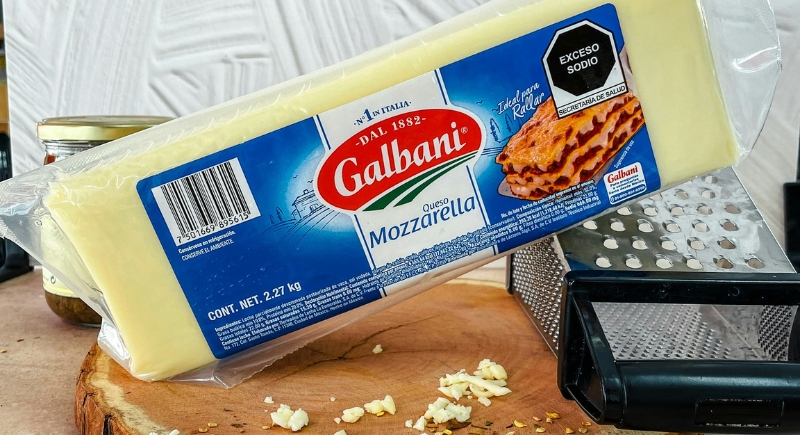FDA Recalls 32 Tons of Butter Nationwide: What You Need to Know
It’s been a summer of food recalls. First, it was ground beef from Ada Valley Meat Company contaminated with metal fragments. Then, the FDA announced the United Natural Foods, Inc. (UNFI) produce recall due to a potential contamination with an unknown fluid from warehouse forklifts. Now butter has joined the list—32 tons of it—in what might be the most puzzling recall yet.
When you hear “butter recall,” your first thought probably isn’t panic. After all, what could go wrong with butter? However, it seems something changed the FDA’s mind about the recall that they initially considered routine. The simple paperwork issue in July has suddenly become urgent enough to warrant nationwide attention. The question is why regulators decided the situation was more dangerous than they first realized.
The Hidden Danger in Plain Sight

Image via Unsplash/Tatiana Tochilova
Back in July, Bunge North America pulled its NH European Style Butter Blend from shelves after discovering a labeling oversight. The word “milk” was missing from packages. At first, the FDA treated this as a minor paperwork problem and slapped it with their lowest-risk Class III designation.
But now, the same recall has jumped to Class II status, the FDA’s second-highest warning level. This means that regulators now believe this butter could actually harm people.
This recall was particularly troubling because it involved butter that didn’t list milk as an ingredient. To most people, that sounds absurd. Of course, butter contains milk. However, ingredient lists are survival guides for the estimated 2-3% of Americans living with milk allergies.
The problem isn’t that Bunge North America created some mystery butter substitute. They made real butter from real milk, then somehow forgot to mention the milk part on the label. For someone scanning ingredients quickly during grocery shopping, this creates a potentially life-threatening blind spot.
The Exact Product at Risk
The recalled butter carries these identifying marks:
- Product name: NH European Style Butter Blend (1-pound blocks)
- The problematic lot number: 5064036503
- UPC barcode: 1 00 78684 73961 2
- Distinctive packaging: Plain white cardboard cases, 36 blocks each
These packages made their way to distribution centers across America and even reached the Dominican Republic before the labeling error was caught.
Your Next Steps Matter
If you’re allergic to milk and this butter is sitting in your refrigerator right now, here’s what food safety experts recommend:
- Check first, worry second. Look for those specific numbers on any butter you’ve purchased recently. The recall only affects one particular production lot, not all butter everywhere.
- When in doubt, throw it out. If the numbers match, get rid of the butter immediately. Don’t try to cook with it, don’t save it for someone without allergies—just dispose of it safely.
- Document and return. If possible, keep your receipt and return the product to your store for a refund. Retailers are typically required to accept recalled products regardless of when you purchased them.
- Stay alert for symptoms. Anyone who’s consumed this butter and experiences unusual reactions—especially breathing difficulties, swelling, or widespread hives—should seek medical attention immediately.
The Bigger Picture Behind the Butter

Image via Unsplash/gentilesco. ─ karolina ferretis
This recall highlights a fundamental challenge in food manufacturing: even simple products can become complex safety puzzles when allergies are involved. Bunge North America likely never intended to create a dangerous product, but intention doesn’t matter when someone’s throat starts closing.
The FDA’s decision to escalate this recall suggests they’re taking a more aggressive stance on labeling violations that affect vulnerable populations. It recognizes that in our interconnected food system, small mistakes can have big consequences.